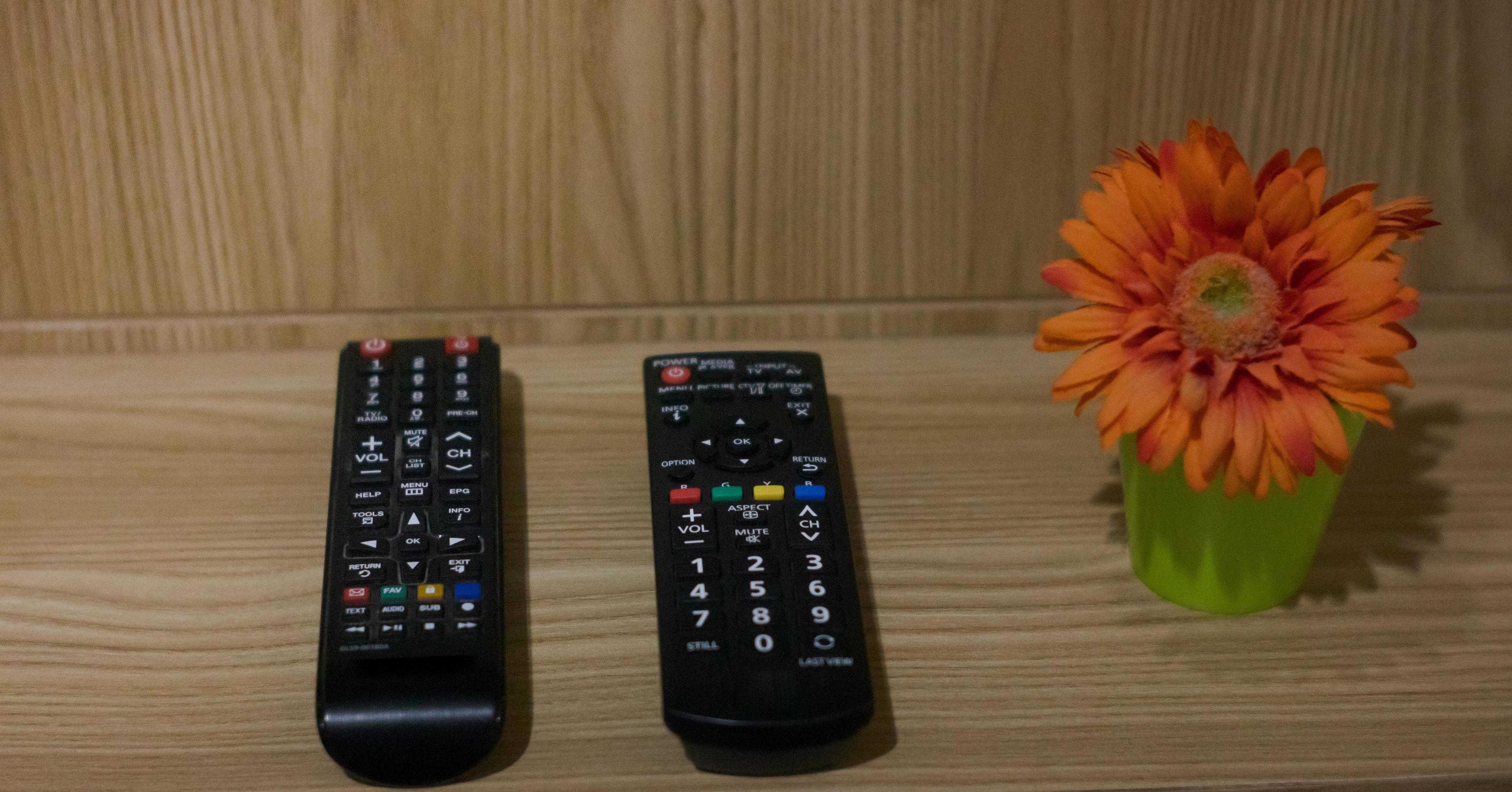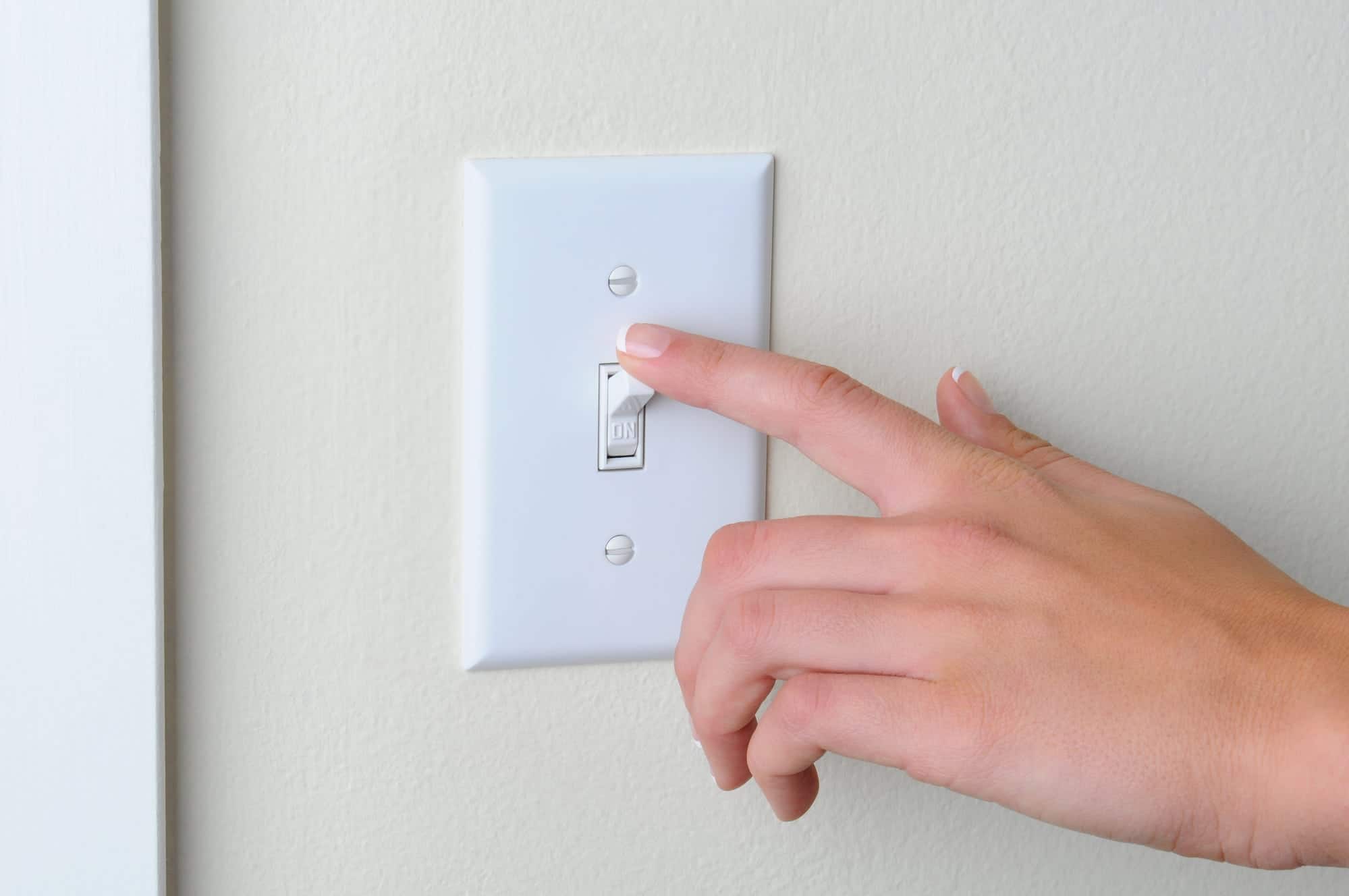The Science of Sleep and Light

The intricate relationship between light and sleep is a fascinating area of scientific exploration. Our bodies are designed to respond to light cues, which regulate various biological processes, including sleep-wake cycles. Understanding how light impacts our sleep patterns is crucial for promoting healthy sleep habits.
Light and Melatonin Production
Light plays a critical role in regulating melatonin production, a hormone that governs our sleep-wake cycle. Melatonin is primarily produced in the pineal gland, a small gland located in the brain. During the day, light exposure suppresses melatonin production, keeping us awake and alert. As darkness descends, the pineal gland begins to release melatonin, signaling our bodies to prepare for sleep.
The Impact of Artificial Light
Artificial light, particularly blue light emitted from electronic devices, can disrupt our natural sleep-wake cycles. Blue light is known to suppress melatonin production, delaying the onset of sleep and reducing sleep quality. The widespread use of smartphones, tablets, and computers before bedtime can significantly impact our sleep patterns.
The Benefits of a Dark and Quiet Sleep Environment
Creating a dark and quiet sleep environment is essential for promoting healthy sleep. Darkness allows for the natural production of melatonin, facilitating sleep onset and promoting deeper sleep. Quietness minimizes distractions and allows for restful sleep, undisturbed by external noise.
Smart Home Automation and Sleep Habits

Smart home automation offers numerous benefits, especially when it comes to improving sleep habits. By leveraging technology, we can create a relaxing bedtime routine that promotes better sleep quality.
Bedroom Lighting Control, Turn the bedroom light off
Smart home devices offer various ways to control bedroom lighting, creating a soothing ambiance conducive to sleep. These devices can be programmed to adjust light intensity and color temperature, simulating natural sunset and promoting melatonin production.
Smart Bulbs
Smart bulbs are a popular option for controlling bedroom lighting. These bulbs connect to a home network and can be controlled via a mobile app or voice commands. They offer features like dimming, color temperature adjustment, and scheduling. For example, you can set the lights to gradually dim over a specific period, mimicking a natural sunset and signaling your body to prepare for sleep.
Smart Switches
Smart switches replace traditional light switches, allowing for remote control and automation. They can be connected to a home network and integrated with other smart home devices. Some smart switches offer features like dimming, scheduling, and integration with voice assistants. You can program a smart switch to turn off the lights automatically at a specific time or when you leave the bedroom.
Smart Light Strips
Smart light strips are flexible LED strips that can be placed behind furniture or under cabinets. They offer similar features to smart bulbs, including dimming, color temperature adjustment, and scheduling. Smart light strips can be used to create a relaxing and ambient lighting experience in the bedroom.
Voice Control
Voice assistants like Amazon Alexa and Google Assistant can be used to control bedroom lighting. You can simply say, “Alexa, turn off the lights,” or “Hey Google, dim the lights,” to adjust the lighting in your bedroom.
App Interfaces
Many smart home devices come with mobile apps that allow for remote control and customization. These apps offer features like dimming, color temperature adjustment, scheduling, and integration with other smart home devices. You can use a mobile app to create a personalized bedtime routine that includes turning off the lights at a specific time or setting the lights to a specific color temperature.
The Psychology of Sleep and Light: Turn The Bedroom Light Off

The relationship between sleep and light goes beyond simply needing darkness to fall asleep. Our brains are wired to respond to light cues, influencing our sleep-wake cycles and even our moods. Understanding this connection can empower us to create a sleep environment that fosters relaxation and promotes restful sleep.
The Psychological Benefits of Darkness for Sleep
Darkness plays a crucial role in promoting relaxation and sleep. When the sun sets, our bodies naturally produce melatonin, a hormone that helps regulate sleep. A dark bedroom provides the ideal environment for melatonin production, signaling to our brains that it’s time to wind down.
- Reduced Stress and Anxiety: The absence of light can help calm the nervous system, reducing stress and anxiety levels. This creates a more peaceful and conducive environment for sleep.
- Improved Sleep Quality: Darkness helps regulate the body’s natural sleep-wake cycle, leading to more consistent and restful sleep. A dark bedroom reduces distractions and allows the brain to enter deeper sleep stages.
- Enhanced Mood and Cognitive Function: Adequate sleep, facilitated by darkness, is essential for maintaining a positive mood and supporting cognitive function. Lack of sleep can lead to irritability, difficulty concentrating, and impaired decision-making.
The Connection Between Light and Mood
Light plays a significant role in regulating our mood. Exposure to bright light, especially during the day, helps boost serotonin levels, a neurotransmitter associated with feelings of happiness and well-being. Conversely, exposure to artificial light, particularly blue light emitted from electronic devices, can suppress melatonin production and disrupt sleep patterns. This can lead to mood swings, irritability, and difficulty falling asleep.
Creating a Calming and Sleep-Conducive Atmosphere
To create a calming and sleep-conducive atmosphere in the bedroom, consider these strategies:
- Minimize Light Exposure: Use blackout curtains or blinds to block out any external light sources. Avoid using electronic devices in bed, as the blue light they emit can interfere with sleep.
- Create a Relaxing Environment: Keep the bedroom cool, quiet, and clutter-free. Consider using calming colors and soft textures to create a soothing ambiance.
- Establish a Consistent Sleep Schedule: Go to bed and wake up at the same time each day, even on weekends, to regulate your body’s natural sleep-wake cycle. This helps to promote consistent sleep patterns.
- Wind Down Before Bed: Create a relaxing bedtime routine that signals to your body that it’s time to sleep. This could include taking a warm bath, reading a book, or listening to calming music.
